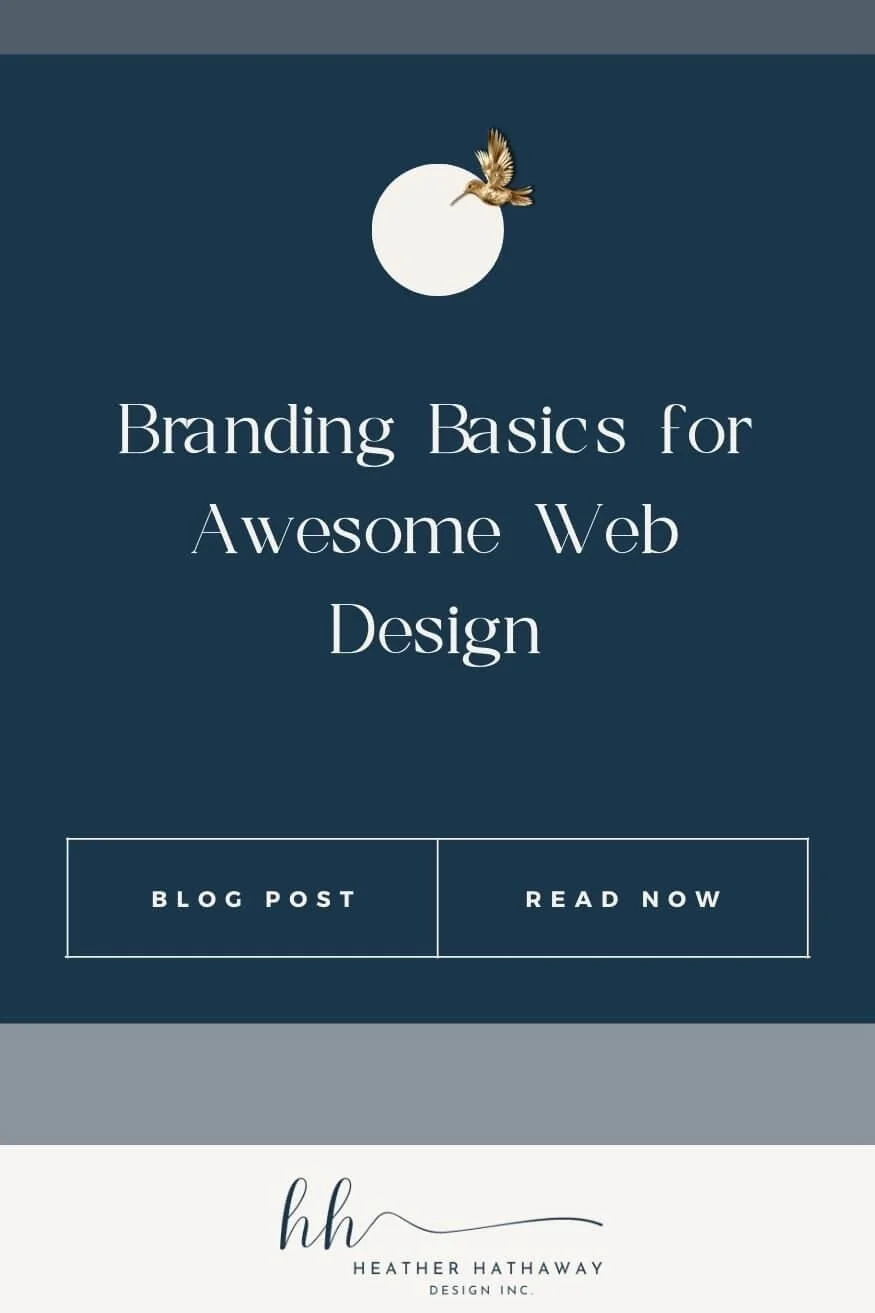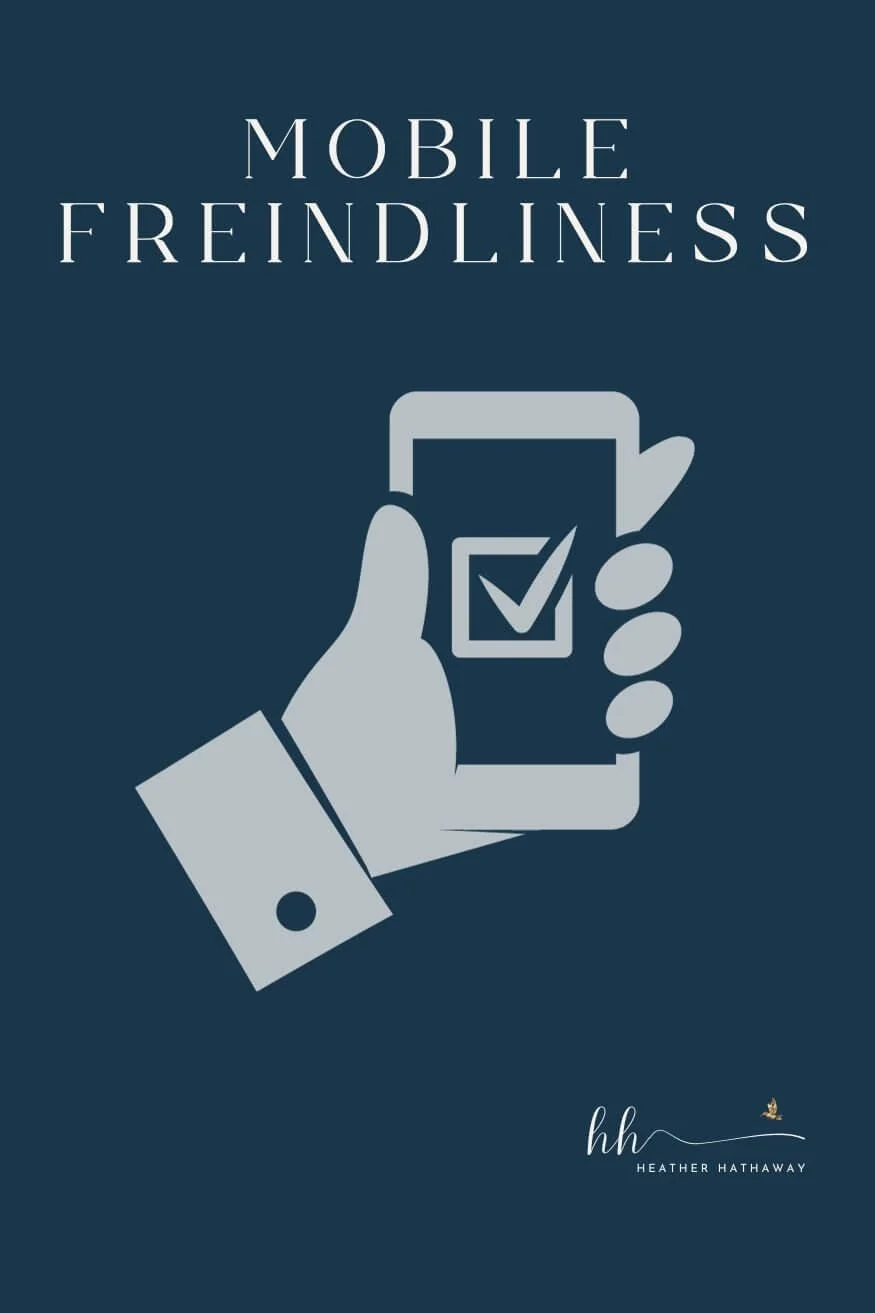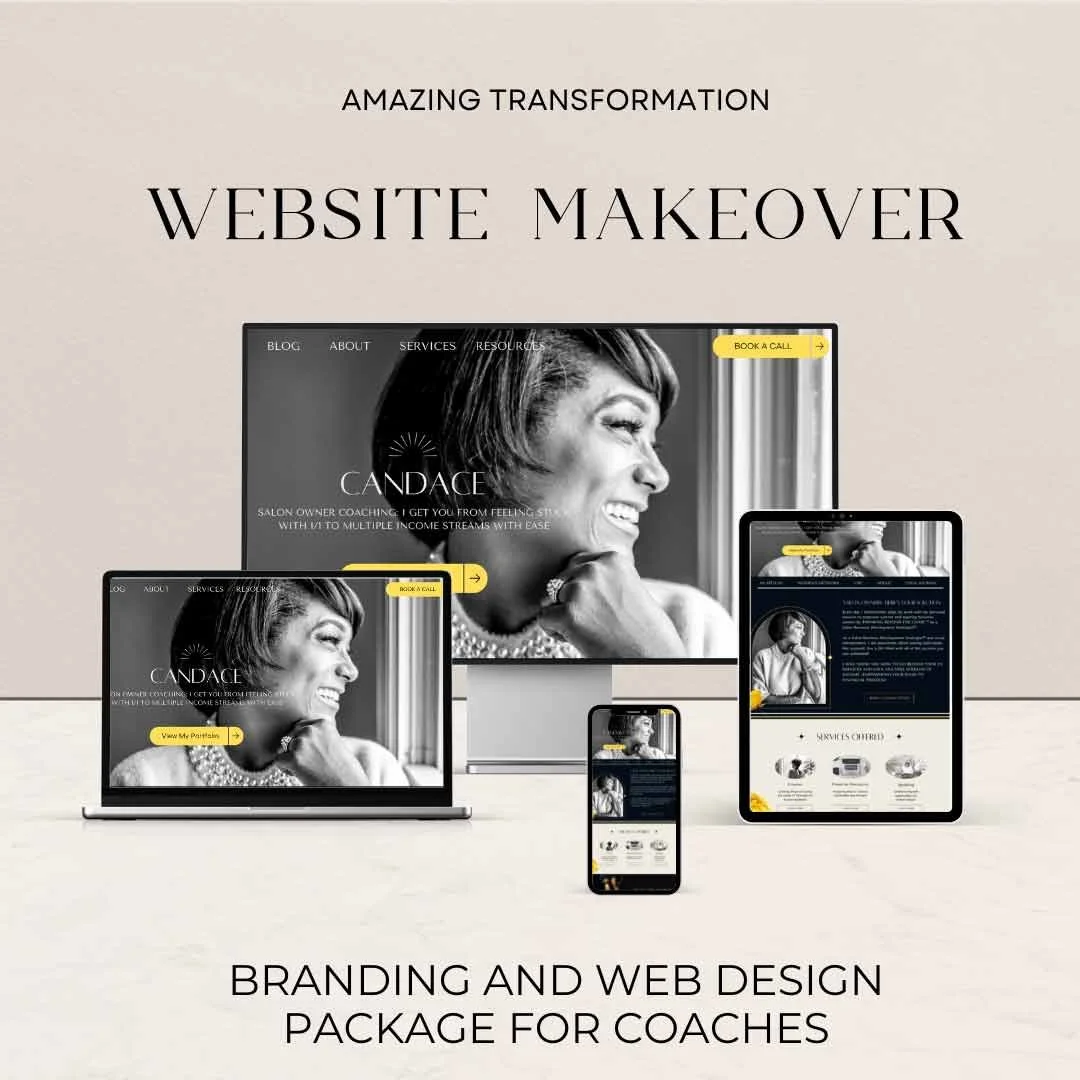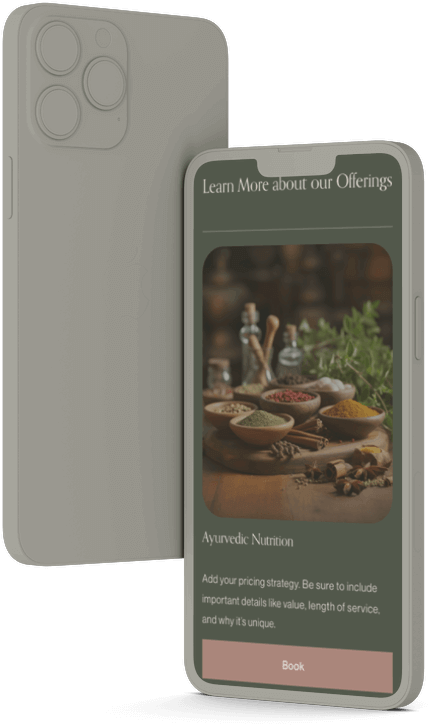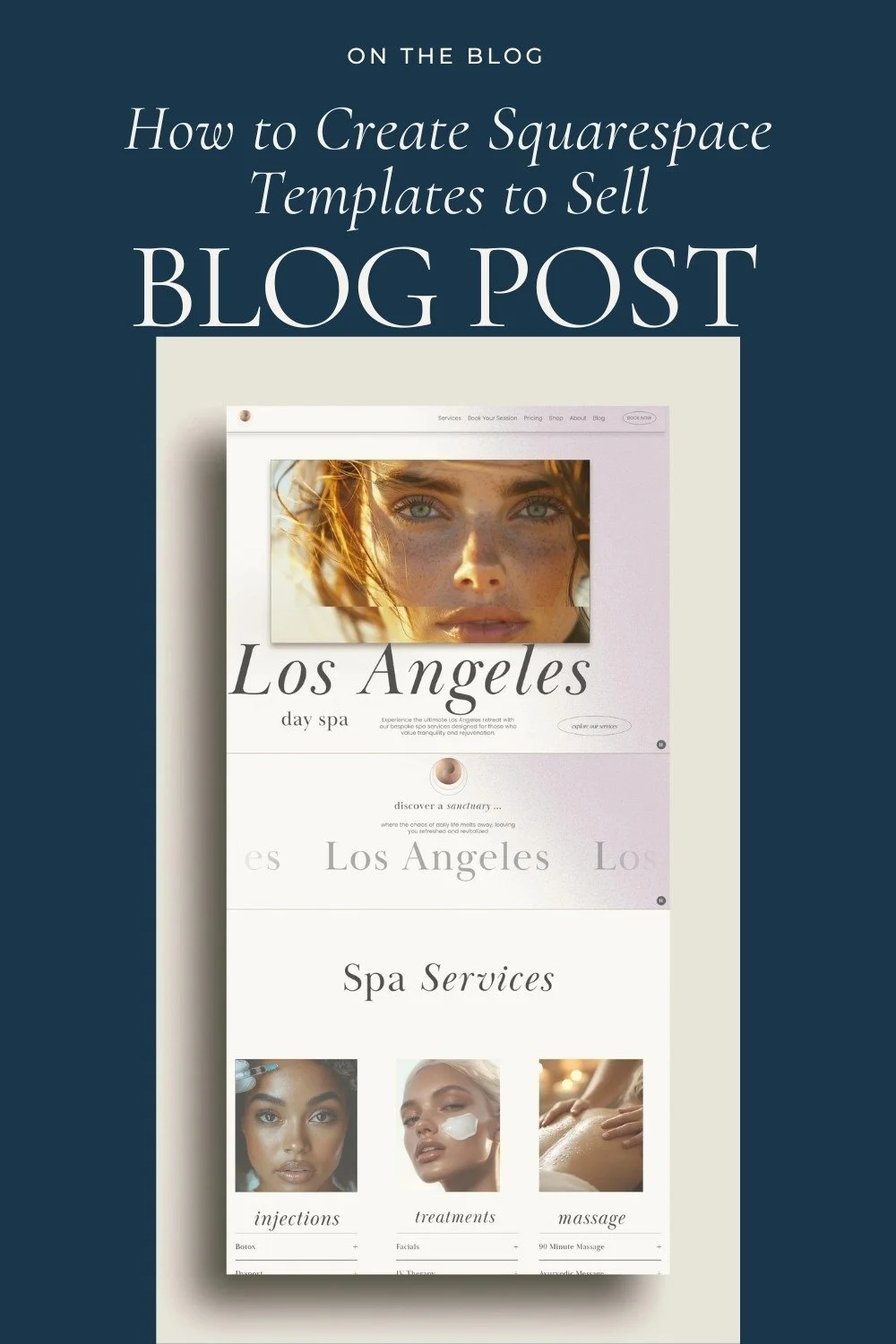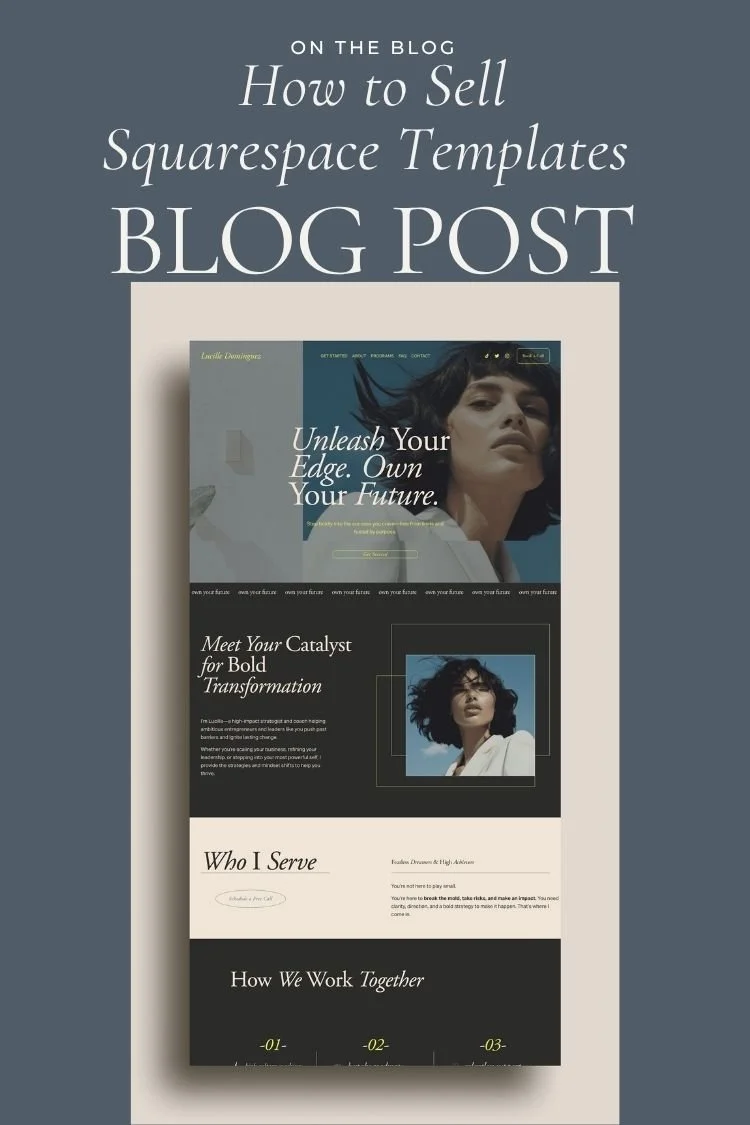Branding and Website Design: How Branding Sets Your Website Apart
Prioritizing your brand to stand out from the crowd is essential. With millions of websites competing for attention, how can you ensure that yours captures the hearts and minds of your audience? The answer lies in mastering the art of branding.
Branding goes beyond just a logo or color scheme; it encompasses the entire experience your website offers. It's about infusing your unique personality, values, and voice into every element of your site. Your brand voice sets the tone, defines your style, and connects with your target audience on a deeper level.
By understanding how branding shapes user perceptions, you can create a website that not only looks stunning but also tells a compelling story. From typography to imagery, every design choice should align with and reinforce your brand identity. Consistency across every page and interaction helps build trust and loyalty with your visitors.
In this article, we’ll talk about the art of web design and explore how branding can set your website apart. Discover how to craft a strong brand voice, make design choices that resonate with your audience, and ultimately create a web presence that truly stands out and leaves a lasting impression.
Importance of web design in branding
Web design plays a crucial role in branding. It is the visual representation of your brand online and the first impression visitors have of your website. A well-designed website communicates professionalism, credibility, and trustworthiness. It sets the tone for your brand and influences how users perceive your products or services.
Effective web design goes beyond aesthetics. It is about creating a user-friendly experience that aligns with your brand's values and goals. A website that is easy to navigate, visually appealing, and provides a seamless user experience will leave a positive impression on your visitors and keep them engaged.
Your website's design should also reflect your brand's personality and style. Whether your brand is bold and adventurous or elegant and sophisticated, the design elements should convey that message. Consistency in design across all pages and interactions helps establish a strong brand identity and builds recognition.
Incorporating branding elements, such as your logo, color palette, and typography, into your web design is crucial for creating a cohesive and memorable brand experience. These elements should be strategically placed throughout your website to reinforce your brand and make a lasting impression on your visitors.
Elements of effective web design
To create a website that stands out, it is important to understand the key elements of effective web design. These elements work together to create a visually appealing and user-friendly experience that aligns with your brand.
Firstly, your website's layout should be clean and organized. A cluttered and confusing layout can overwhelm visitors and make it difficult for them to find the information they need. A well-structured layout with clear navigation ensures that users can easily navigate through your site and find what they're looking for.
Secondly, the use of images and visuals is essential in web design. High-quality images that align with your brand's aesthetic and convey your message effectively can capture the attention of your audience. Additionally, the strategic use of white space can enhance the visual appeal of your website and make it easier for users to focus on the important content.
Typography is another crucial element in web design. The fonts you choose should reflect your brand's personality and be legible across different devices and screen sizes. Consistency in font styles and sizes throughout your website creates a cohesive and professional look.
Get Your Hands On
My Free TRELLO BOARD
Lastly, the use of interactive elements can enhance user engagement and make your website more memorable. Features such as sliders, animations, and video backgrounds can add visual interest and create a dynamic experience for your visitors. However, it is important to use these elements sparingly and ensure they enhance rather than distract from your content.
The role of color and typography in web design
Color and typography play a significant role in web design as they contribute to the overall look and feel of your website. The right combination of colors and fonts can evoke emotions, convey your brand's personality, and create a memorable experience for your visitors.
Colors have a psychological impact on users and can influence their perceptions of your brand. Warm colors like red and orange evoke excitement and energy, while cool colors like blue and green create a sense of calmness and trust. It is important to choose a color palette that aligns with your brand's values and resonates with your target audience.
Typography is equally important in web design as it affects the readability and visual appeal of your website. The fonts you choose should be legible and reflect your brand's personality. Serif fonts are often associated with tradition and elegance, while sans-serif fonts convey a modern and clean look. It is important to consider the readability of your chosen fonts across different devices and screen sizes.
Need Help?
Get your website done along with the branding
Consistency in color and typography across your website is crucial for creating a cohesive brand identity. Using a limited color palette and a select few fonts helps establish a visual identity that is unique to your brand.
Creating a cohesive brand identity through web design
Creating a cohesive brand identity through web design involves aligning all design elements with your brand's values, personality, and goals. It is about creating a seamless experience that reflects your brand's essence and resonates with your audience.
One way to achieve a cohesive brand identity is by using consistent design elements across all pages of your website. This includes using the same color palette, fonts, and imagery throughout. Consistency helps establish a recognizable brand and ensures that visitors can easily identify your website as belonging to your brand.
Another important aspect of creating a cohesive brand identity is maintaining consistency in your brand voice and messaging. Your brand's voice should be reflected in the tone and style of your website's content. Whether your brand's voice is casual and conversational or formal and authoritative, it should be consistent across all pages and interactions.
Additionally, incorporating your brand's values and mission into your web design can help create a strong brand identity. For example, if sustainability is an important value for your brand, you can incorporate eco-friendly design elements or showcase your commitment to sustainability through your website's content.
By creating a cohesive brand identity through web design, you can differentiate your website from the competition and leave a lasting impression on your visitors.
User experience and navigation in web design
User experience (UX) and navigation are crucial aspects of web design that contribute to the overall success of your website. A positive user experience ensures that visitors can easily find what they're looking for and encourages them to stay longer on your website.
Clear and intuitive navigation is essential for a good user experience. Visitors should be able to find the information they need quickly and easily. A well-structured navigation menu and logical hierarchy of pages can help users navigate through your website effortlessly.
In addition to navigation, the overall layout and organization of your website contribute to a positive user experience. Content should be presented in a logical and easy-to-read manner. Headings, subheadings, and bullet points can help break up the content and make it more scannable.
Loading speed is another important factor in user experience. Slow-loading websites can frustrate visitors and lead to high bounce rates. Optimizing your website's performance and reducing unnecessary elements can help improve loading speed and provide a smoother user experience.
Finally, mobile responsiveness is crucial in today's digital landscape. With the majority of internet users accessing websites through mobile devices, it is essential that your website is optimized for mobile viewing. Responsive design ensures that your website adapts to different screen sizes and provides a seamless experience across all devices.
By prioritizing user experience and navigation in your web design, you can create a website that keeps visitors engaged and encourages them to explore more of your content.
Optimizing web design for mobile devices
As mobile internet usage continues to rise, optimizing your web design for mobile devices is no longer optional; it is a necessity. A mobile-friendly website ensures that your content is accessible and visually appealing to users on smartphones and tablets.
Responsive design is the key to optimizing your website for mobile devices. It allows your website to adapt to different screen sizes and resolutions, ensuring that your content is displayed correctly and is easy to read and navigate. Responsive design eliminates the need for separate mobile and desktop versions of your website, making it more efficient and cost-effective.
To optimize your web design for mobile devices, consider the following:
1. Simplify the layout: Mobile screens are smaller, so it is important to prioritize the most important content and keep the design clean and clutter-free. Remove any unnecessary elements that may distract or overwhelm mobile users.
2. Use mobile-friendly navigation: Mobile users rely on touch gestures, so make sure your navigation menu is easy to access and use on touchscreens. Consider using dropdown menus or a hamburger menu icon to save screen space.
3. Optimize images: Large images can slow down loading times on mobile devices. Compress and resize images to reduce file sizes without compromising quality. Additionally, consider using responsive images that adapt to different screen sizes.
4. Prioritize readability: Ensure that your font sizes are legible on smaller screens. Use a font size that is comfortable to read without zooming in. Consider using larger headings and subheadings to break up the content and make it more scannable.
5. Test across multiple devices: It is important to test your website across different devices and screen sizes to ensure that it displays correctly and functions as intended. Use responsive design testing tools or enlist the help of a professional testing service.
By optimizing your web design for mobile devices, you can provide a seamless and enjoyable user experience for your mobile audience, ultimately increasing engagement and conversions.
Incorporating branding elements into website content
Branding is not just about the visual elements of your website; it is also about the content. Incorporating branding elements into your website content helps reinforce your brand's identity and creates a cohesive brand experience.
One way to incorporate branding into your content is through the use of language. Your brand's voice should shine through in your website's copy. Whether your brand is playful and witty or serious and informative, the tone and style of your content should reflect that. Consistency in language across all pages and interactions helps establish a strong brand voice.
Additionally, storytelling is a powerful tool for branding. Use your website's content to tell the story of your brand, its values, and its journey. Incorporate personal anecdotes, customer testimonials, and case studies to create an emotional connection with your audience.
Visual elements also play a role in branding your content. Use images, illustrations, and videos that align with your brand's identity and convey your message effectively. Consistency in visual style and imagery helps create a recognizable brand and enhances the overall user experience.
Lastly, consider incorporating your brand's logo and color palette into your content. Use your logo as a visual anchor, placing it strategically throughout your website's content. Select colors from your brand's palette to highlight important elements and create visual interest.
By incorporating branding elements into your website's content, you can create a cohesive brand experience that resonates with your audience and leaves a lasting impression.
Case studies of successful branded websites
To gain a deeper understanding of how branding sets websites apart, let's explore some case studies of successful branded websites.
1. Apple: Apple is known for its sleek and minimalist design aesthetic, which is reflected in its website. The use of clean lines, high-quality images, and minimal text creates a visually appealing and user-friendly experience. Apple's branding elements, including its iconic logo and signature font, are strategically placed throughout the website, reinforcing its brand identity.
2. Airbnb: Airbnb's website design is a testament to its commitment to creating unique and memorable travel experiences. The use of vibrant colors, engaging visuals, and user-generated content creates a sense of authenticity and adventure. Airbnb's branding elements, such as its logo and custom illustrations, add a personal touch to the website and reinforce its brand values.
3. Nike: Nike's website design embodies the brand's spirit of athleticism and empowerment. Bold typography, dynamic visuals, and interactive elements create a high-energy and engaging user experience. Nike's branding elements, including its iconic swoosh logo and signature color palette, are incorporated throughout the website, creating a cohesive and recognizable brand identity.
These case studies demonstrate how strategic branding and web design can create a unique and memorable online presence that sets websites apart from the competition.
Web design tools and resources for branding
To master the art of web design and branding, it is important to have the right tools and resources at your disposal. Here are some web design tools and resources that can help you create a visually appealing and branded website:
1. Canva: Canva is a graphic design tool that allows you to create stunning visuals, social media graphics, and custom logos. It offers a wide range of templates, fonts, and images to help you create a cohesive brand identity.
2. Adobe Creative Cloud: Adobe Creative Cloud provides a comprehensive suite of design tools, including Photoshop, Illustrator, and InDesign. These tools allow you to create and edit images, illustrations, and layouts to enhance your website's design.
3. Google Fonts: Google Fonts offers a vast collection of free and open-source fonts that you can use in your web design. It allows you to easily browse and select fonts that align with your brand's personality and style.
4. Unsplash: Unsplash is a platform that offers a vast library of high-quality, royalty-free images. It provides access to stunning visuals that can enhance your website's design and convey your brand's message effectively.
5. UXPin: UXPin is a prototyping and collaboration tool that allows you to create interactive wireframes and prototypes of your website. It helps you visualize and test your design ideas before implementing them, ensuring a seamless user experience.
These tools and resources can help you create a visually appealing and branded website that captures the hearts and minds of your audience.
Conclusion
Mastering the art of web design is not just about creating visually stunning websites; it is about creating a branded experience that sets your website apart. By understanding the importance of branding in web design, incorporating branding elements into every aspect of your website, and prioritizing user experience, you can create a web presence that truly stands out and leaves a lasting impression.
Remember, branding goes beyond just the visual elements; it is about infusing your unique personality, values, and voice into every element of your website.
By crafting a strong brand voice, making design choices that resonate with your audience, and optimizing your web design for mobile devices, you can create a website that captures the essence of your brand and connects with your target audience on a deeper level.
So, embrace the art of web design and let branding set your website apart. Create a web presence that tells a compelling story, engages your visitors, and leaves a lasting impression. Mastering the art of

